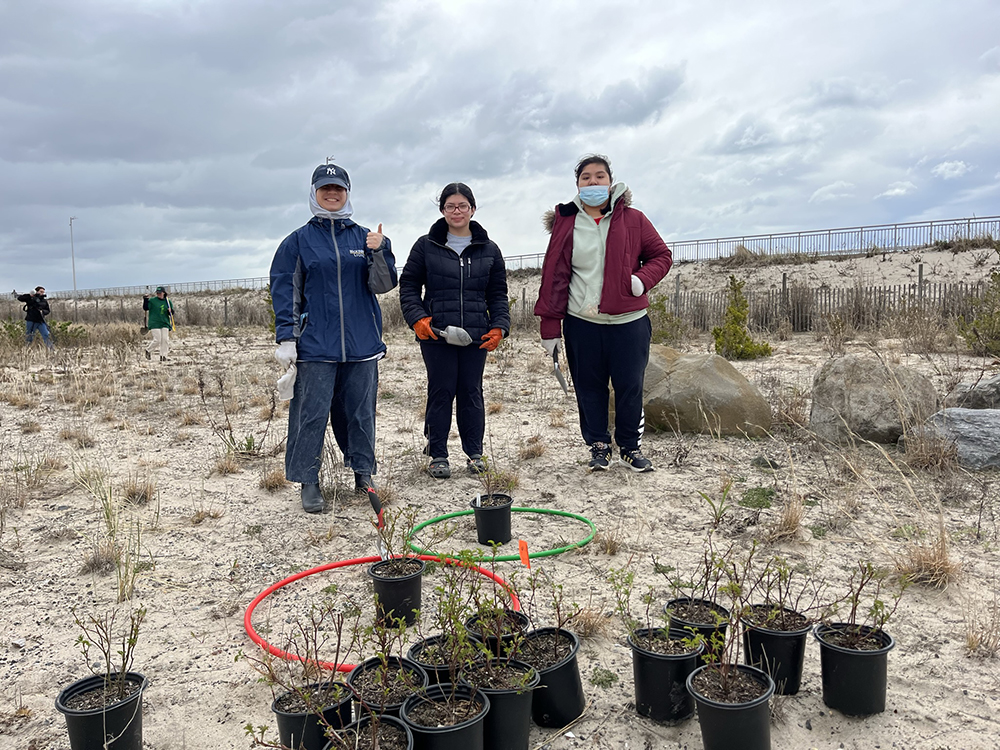Diabetes
When one thinks about childhood and diabetes, type I, or insulin-dependent diabetes, is usually what comes to mind. Insulin is made in the pancreas and is vital in facilitating the transport of glucose into the body’s cells, where glucose is the fuel of life. Type I diabetes, now known to be an autoimmune disease, is caused by the immune system attacking and killing the cells in its own pancreas that produce insulin. The inciting factor that triggers the immune system is thought to be a virus, which is as yet unidentified. The onset of type I symptoms is often sudden, resulting in the child being hospitalized for diabetic ketoacidosis, a life-threatening occurrence. According to the CDC, there are about 210,000 new cases of diabetes in children and adolescents each year. But of that 210,000, a little more than 10%, or about 23,000 cases are type II diabetes, and that number is rising each year. Unlike type I, type II diabetes comes on gradually, with symptoms (weight loss, excess urination, and thirst) sometimes taking years to become apparent. Type II is strongly associated with obesity. While the pancreas continues to make insulin, fat cells act like a sponge for insulin, absorbing it and removing it from the blood, thereby raising serum glucose levels.
The incidence rate of childhood type II diabetes is highest in American Indian/Alaska Native, Black, and Hispanic/Latino children and adolescents. These are also the groups with the highest rates of childhood obesity. The unfortunate reality is that these young people have an increased risk of high blood pressure, high cholesterol levels, and nonalcoholic fatty liver disease. This means that, over time, if not treated properly, these young people with diabetes can have bad health outcomes, including heart attacks, strokes, kidney disease, kidney failure, and blindness, not to mention shorter life expectancies. In September, the U.S. Preventive Services Task Force (USPSTF) published an article in which they reviewed current studies to determine whether or not children and adolescents should be routinely screened for type II diabetes. Screening, as in adults, involves a blood test to measure either fasting blood glucose (FBG) or glycated hemoglobin (HbA1c). Fasting blood glucose is measured at least eight hours after not eating or drinking anything with calories. FBG should be 125 or lower. HbA1c measures a person’s average blood glucose over the previous two to three months and does not require fasting. HbA1c should be 6.4% or lower.
The USPSTF concluded that there was insufficient evidence to recommend routine screening for type II diabetes in children and adolescents. One of the reasons for this conclusion is that there are no studies done to date that looked at the potential harms of screening. Potential harms could be false positives with side effects from medications, low blood sugar, nausea, and vomiting. This is the first time the USPSTF reviewed this subject, so as per their routine, they will look at it again in four to five years. Remember though, that this study looked at routine, across-the-board screening for all children and adolescents. Focused screening, for example on obese children or those with diabetic symptoms, should still be performed.
Please direct questions and comments to editor@rockawaytimes.com


